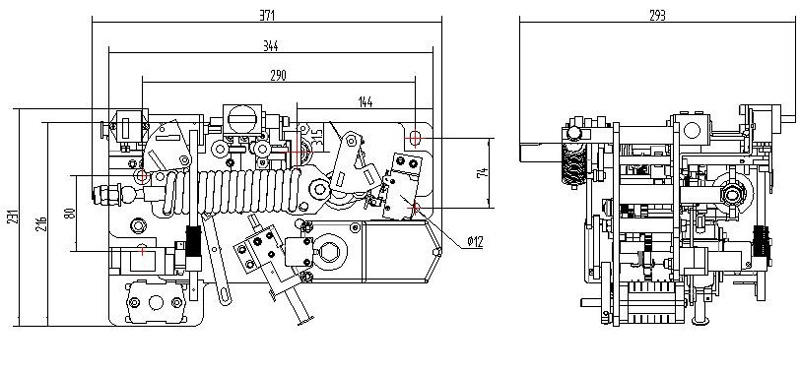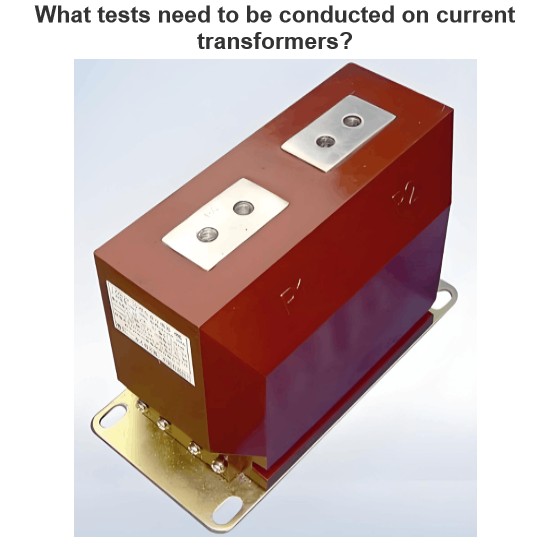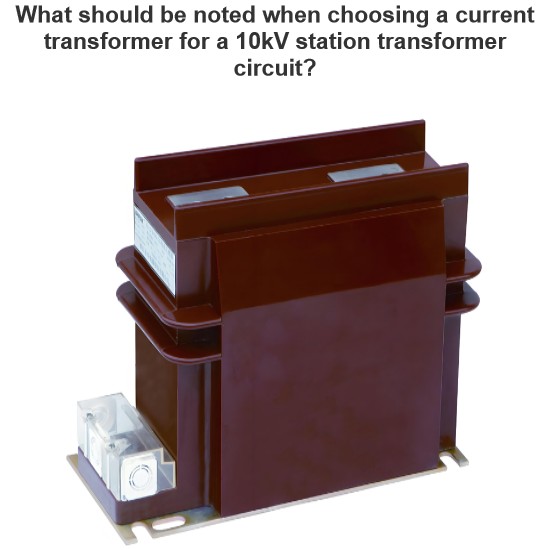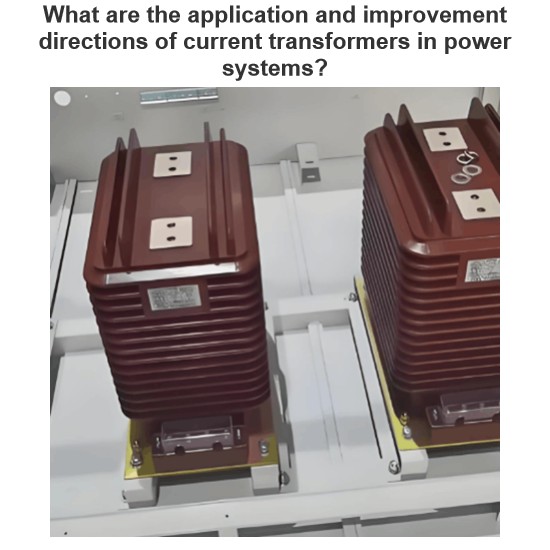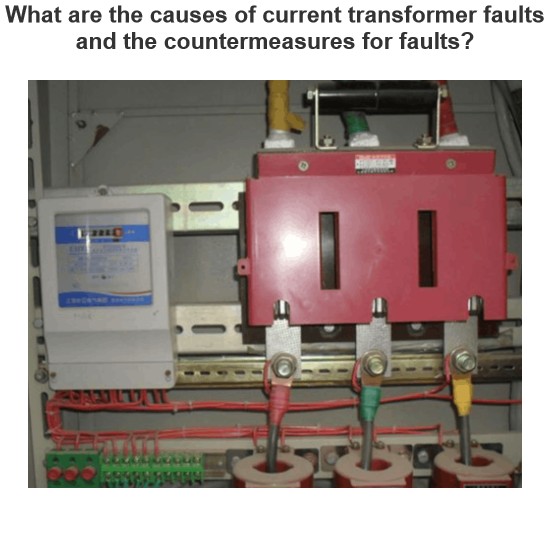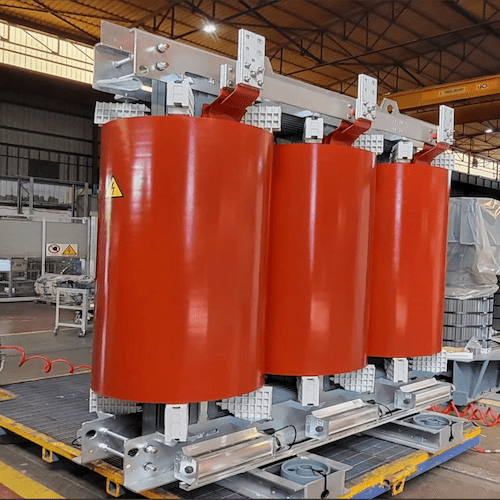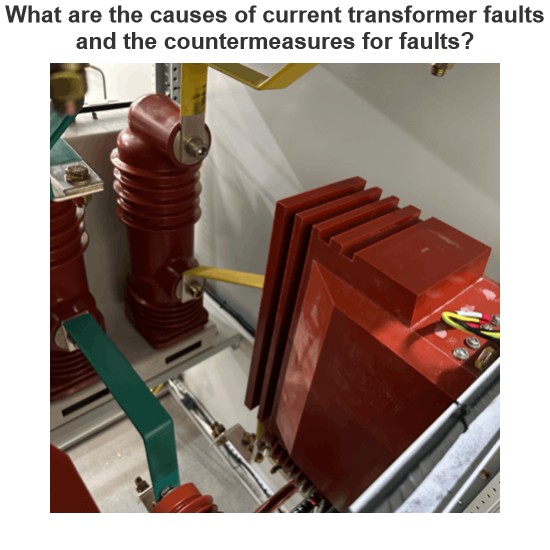| Brand | Wone Store |
| Model NO. | Circuit Breaker Operating Mechanism |
| Rated voltage | 12kV |
| Series | CBOM |
Overview This spring operated circuit breaker mechanism is suitable for use in 12kV AC metal-enclosed switchgear with isolating mechanism.The mechanism adopts the mode of tension spring over-center control to realize the transmission of three working positions of closing-opening-grounding.The rotation angle of the main shaft of the fitting body of the mechanism is 45°~80°.The mechanism opening spring and cushion oil cup sealing box are designed in front, which is convenient for debugging, testing and maintenance.
Tap-off ground: close the cable chamber door, press the switch-off button, or press the electric switch-off button to open the circuit breaker, and move the unlocking lever to the right
At the position of "grounding ", insert the crank into the grounding operation hole, turn the crank clockwise for 15 circles until the crank is still, and pull out the crank.Close and isolate: move the unlocking lever to the "isolated" position to the left, insert the handle into the isolation operation hole, first turn the handle clockwise by 1/10 circles, then turn the handle counterclockwise by 17.5 circles until the handle is still, and pull out the handle.
Unlock: Move the unlock lever to the right to the "Unlock" position.
Closing the circuit breaker: insert the crank into the energy storage hole, swing the crank clockwise, or press the electric energy storage button. After hearing the "Pa" sound, the energy storage is in place. Press the closing button or the electric closing button to close the circuit breaker.
Power-off operation: press the opening button or press the electric opening button to open the circuit breaker
Overhaul:
Separation: move the unlocking handle to the "isolation" position to the left, insert the handle into the isolation operation hole, and turn the handle clockwise for 17.5 circles until the handle does not move and pull out the handle.
Close the grounding: move the unlocking handle to the right to the "grounding" position, insert the crank into the grounding operation hole, first turn the crank clockwise for 110 circles, then turn the crank counterclockwise for 15 circles until the crank is not moved, and pull out the crank to unlock: move the unlocking handle to the left to the "unlocking" position.
Closing the circuit breaker: insert the crank into the energy storage hole, turn the crank clockwise, or press the electric energy storage button. After the sound of "crack" is heard, the energy storage is in place. Press the closing button or the electric closing button to close the circuit breaker.Open the cable room for maintenance.
Outline installation dimension drawing of mechanism: